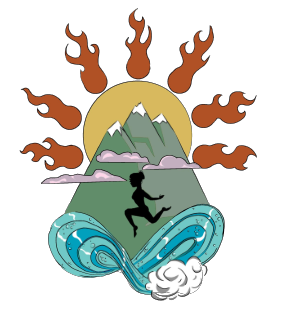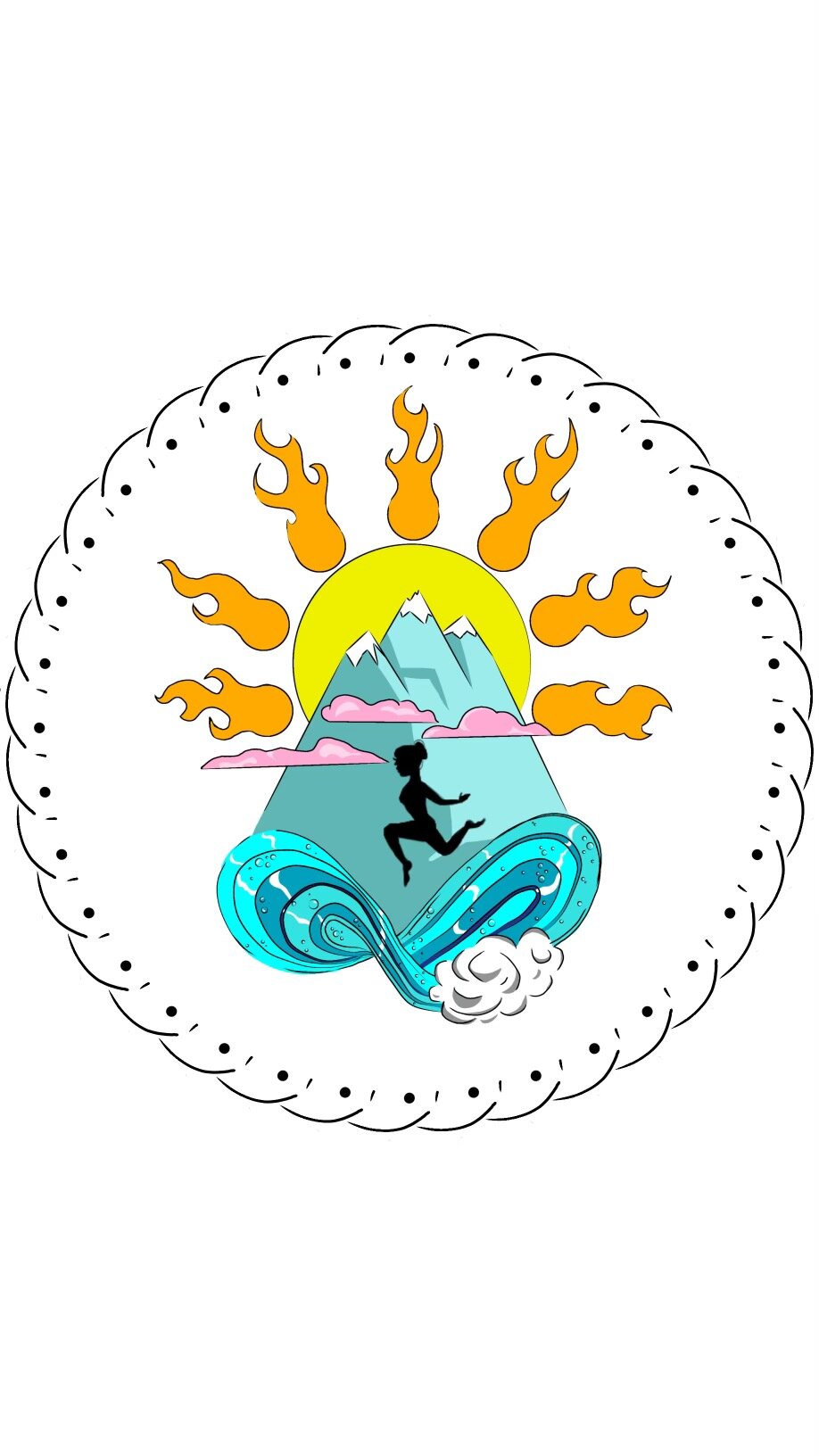
You want movement, community, and freedom.
So do we.
Move with SIEDC
Our Mission
Saltare in Elementis Dance Collective (SIEDC), was formed during an undergraduate study abroad trip in 2018. Co-founded by Zoe Couloumbis, Fiona O’Brien, and Sebrena Williamson, the collective was originally created to present work in South Korea. However, after experiencing systematic burn out and abuse within the dance world, SIEDC became much more. In 2020, the founders decided to make it their mission to create a positive, safe, and exploratory environment for dancers, collaborators, and audiences.
We use dynamic movement, innovative filmmaking, and collaboration to do what we do. For us, everything starts with the physical connections that ground us– thus the name Saltare in Elementis: to dance in the elements. Through our work, we’re able to use dance to unite body, land, and community. Our company is inspired by our personal communities– rural areas that are rarely advocated for, urban areas that are painted in a bad light. We use tangible items from these regions– folk songs, folk steps, research, and spoken word– to make sure the dance is directly entwined with the community it serves.
Our History
SIEDC in South Korea: Beginnings Abroad
In 2018, Saltare in Elementis kicked off with an international bang. In college, co-founders Zoe Couloumbis, Fiona O’Brien, and Sebrena Williamson were invited to perform abroad on behalf of Radford University. When the co-founders were invited to perform at the Gangnam Gallery in South Korea, they formed a small project called Saltare in Elementis. After premiering The Definition of Beauty at the Gangnam Gallery in the summer, they were invited back to preform Terra at the Incheon International Contemporary Dance Festival in the fall of the same year. After success abroad, they decided they had to stick with it!
Since the company’s humble beginnings, collaboration, research, and using to dance to create social progress have been the company’s main principles. Both The Definition of Beauty and Terra dealt with complex social issues, and were executed through informed choreography and collaboration. These principles are the foundation upon in which we dance!
SIEDC Today
Aside from connecting with each other through dance, each founder possesses their own separate passions that contribute to the company’s success. Fiona O’Brien, Director of Music, is well-versed in music business and leads the company in music collaboration; Zoe Couloumbis, Director of Education, is an accredited and licensed teacher; lastly, Sebrena Williamson Director of Research is an established researcher and writer, and leads the company in research-based choreographic theory and written collaboration. Overall, the three artists each contribute something special to the collective—as well as choreography.
The nature of this collective’s beginnings were collaborative and have remained collaborative. Not only has partnership and collaboration been successful as a business practice, but it stands central to SIEDC’s vision and core values. The collective plans to help redefine the nature of the professional dance world, shifting from a place of exclusion to inclusion. SIEDC envisions an artistic environment that is led by a community of artists, rather than a collective that submits to one leading voice.
Co-Founders
Sebrena Williamson: Co-Founder, Choreographer, Executive Producer, Director of Written Strategy
Sebrena Williamson is an Appalachian storyteller, choreographer, screenwriter and filmmaker from Huntington, West Virginia. In 2018, she co-founded Saltare in Elementis Dance Collective (SIEDC), where she now serves as Co-Founder, Choreographer, Executive Producer, and Director of Written Strategy. Sebrena’s directional style utilizes rich, layered movement, robust musicality, community research, and lyrical speech. Sebrena merges these different components to create works that are aesthetically lush, culturally significant, and thought-provoking.
The themes of Sebrena’s work explore the complexities and possible solutions of collective social issues. In 2021, Sebrena served as Executive Producer for SIEDC’s debut film Terra (2021). Filmed in West Virginia, Terra (2023) recognizes the intricate legacy of the extractive industry in Appalachia, while reminding audience members that the climate crisis requires immediate action. Her 2019 work, The Spectrum and the Fluid unpacks the complications of sexuality and gender, while contemplating pathways to liberation. Sebrena leads community work in her home region, serving as Director of Programs and Partnerships for Together for Appalachia; reflective of this, her home region and the broader concept of community is central to all of her work. As a result, Sebrena’s work investigates the seen and unseen threads that shape human connection and society.
Zoe Couloumbis: Co-Founder, Choreographer, Executive Producer, Education Director
Zoe Couloumbis is a producer, choreographer, director, and educator from Montgomery County, Maryland. In 2018, she co-founded Saltare in Elementis Dance Collective (SIEDC), where she currently serves as a Co-Founder, Choreographer, Executive Producer, and Education Director. Zoe served as the Executive Producer and Director on SIEDC’s most recent film series, Roots: Maryland’s Nature to Nurture (2023). Roots explores the relationship between different natural environments and the cultural identities of those that live within them. In her day to day, Zoe works as a public school dance teacher. By providing technical education while maintaining a healthy environment for her students, Zoe hopes to make dance education more inclusive and accessible. As a choreographer, Zoe also carries these virtues into her choreography, creating inclusive works for mainstream audiences.
As a director, Zoe combines free-flowing movement, percussive musicality, and character-driven narratives to create works that capture the internal workings of the human experience. For example, Zoe explored tension between personal identity and mainstream definitions of success in her piece titled What it Takes (2021). Whether it’s film or live performance, Zoe’s themes center on the complexities of social systems, and how they impact individuals on a psychological level. By doing so, Zoe hopes to challenge audience members to question how broader structures have impacted their own experiences. As a result, she brings a personal level to collective conversations about social dilemmas.
Fiona O’Brien: Co-Founder, Choreographer, Executive Producer, Music Director
Fiona O’Brien is a producer, musician, choreographer, and director from Ocean City, MD. Fiona is a co-founder of Saltare in Elementis Dance Collective, where she serves as Music Director, Choreographer, and Executive Producer. In her work at SIEDC, she serves as the bridge between musicians and dancers, bringing together artists from different mediums. In 2022, Fiona produced and directed Hurricane 6, a film that unpacks the relationship between women’s labor and the natural landscape of the Eastern Shore. Hurricane 6 featured an all-female cast and recognized women’s historical contributions to Ocean City, Maryland. After the Hurricane 6 premiere, Fiona was awarded Best Female Director at the Ocean City Film Festival. Currently, O’Brien serves on the Women in Music Board for the Washington, D.C. chapter.
By combining visual movement with music production, O’Brien creates impactful multimedia pieces. As a musician, choreographer, and filmmaker, O’Brien’s artistic themes are driven by activism. Her choreographic works have ecofeminist influences, and her subject matter has ranged from mental health, to social justice, to climate change. Born on the Eastern Shore of Maryland, Fiona creates works that recognize and benefit rural communities. As an artist from the Eastern Shore, O’Brien is passionate about regional land conservation as well as women’s labor and leadership in the region. Through her work, O’Brien brings dance opportunities to rural areas and hopes to help cultivate local artistic identities.






